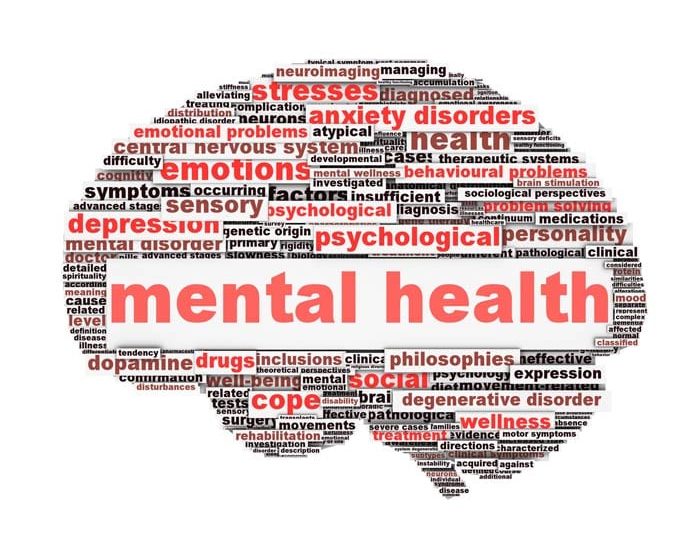- March 1, 2021
- Posted by: dev-admin-mike
- Categories: HRSP Partner Blog Post, Wellness

By Paul Rzadkowski, Life Recovery Program and Award-Winning Speaker
March 2021
Today’s workplace and society has an increased awareness about addiction and mental health issues; people are starting to be more open about their experiences with depression and anxiety. Millennials who will soon be a huge percentage of the workforce, are at even higher risk.
Yet while awareness is on the rise—and words like “absenteeism” and “presenteeism” are becoming part of the workplace vernacular—we still have a long way to go before these issues are adequately addressed.
Service gaps in the current health system – A majority of people don’t seek help, often citing: access issues to treatment; financial reasons; or fear of the stigma associated with treatment and fear of the repercussions of what friends, family, or employers might think or say. And yet, Millennials, a generation who are more aware of these issues are demanding immediate access to services.
The human and societal costs are of course significant. Have you ever wondered what this is costing your workplace?
Mental Health & Addiction, Startling Facts:
- Results in 14% Loss of Net Annual Profits
- By the time N. Americans reach 40 years of age, 1 in 2 have – or have had – a mental illness
- Mental health #1 cause of disability in N. America, accounting for nearly 30% of disability claims and 70% of total costs
- Mental & Physical health are linked. Mental health concerns often become Medical concerns/disability.
- “Presenteeism” (when you are physically there but mentally “checked out” see brain scans below) productivity losses are possibly as high as 60 percent of the total cost of worker illness — exceeding the costs of absenteeism and medical and disability benefits.
- Only 1/3 of those who need help get help most wait 6-23 years due to stigma, lack of resources/access
- Employee Assistance Program (EAP) average usage is just 5% and 60% of those users are female i.e. many of the industry’s workforce is vulnerable to accidents, injury, lost productivity etc. Stigma deters treatment.
- Millennials (who will soon be 40% of our labor force) suffer from more mental health issues than any previous generation. In fact 53 per cent of them are at high risk of grappling with mental well-being concerns.
Do any of these concerns resonate with you or those you serve or recruit?
Mental Health is Brain Health!
Here’s why these concerns are so costly. Mental health is about brain health and what you are seeing here is some of the latest in neuro-imaging.

You’ll see in this first image a SPECT (Single Photon Emission Computed Tomography) scan view of a healthy human brain. Notice the smoothness of the surface area, looks like everything is connected and intact and the bright yellowish colour means greater brain activity throughout.
Now these next two images are showing impaired metabolic functioning of brain activity, connectivity is impaired and reduced brain volume and activity results. I invite you to re-read the stats you have just read above. The brain scans tell the story behind these stats.


Recalling the stats you have just read, are you as surprised at the cost and effect of mental health and addiction issues (especially as people take 6-23 years to address these issues and the resultant deterioration that comes with it)?
The reality is an impaired brain is an impaired person, which more readily becomes disability, and an impaired workplace. Fortunately these issues can vastly improve with healthier behaviour and coping. It’s a no-brainer, the earlier we address these issues, the better.
Spending to Save
The good news is every $1 spent on mental health and addictions saves $7 in health costs and $30 in productivity and social costs
What can you do, at least high level?
- Reduce workplace stress.
- Remember that many problems get worse without assistance (recall the brain scans and impairment over time).
- Change employee behavior through wellness programs. Self-directed online modalities show high efficacy, scaleable and can also be a preventative approach. Millennials come with their own unique demands, leading a push for online and virtual services.
- Help employees return to work.
- A work culture that cares, improves performance
How are you addressing mental health and addiction in your organization? Stigma – do your employees feel that it’s enough? Do you even see these issues as actual problems? You have a choice, address these issues… or not. Sometimes it’s difficult to make a choice without seeing the consequences or cost-benefit. Yet you are now hopefully more aware of the impact and consequence of not fully addressing these issues. The choice is up to you.

Paul Radkowski, MTS(PC), IAAOC, IAMFC, ACA, OACCPP
Paul is an internationally awarded therapist, speaker, CEO/founder of the Life Recovery Program. With over 17yrs experience in the field, he is a content specialist, sought out and noted for his expertise in mental health/addiction recovery. His work in the Northwest Territories was instrumental in developing this online mental health/addiction resource. Seeing first-hand how treatment barriers increased illness and early death, his idea was that if you could not bring someone to a counsellor/treatment centre then bring the resources to them. Paul’s vision of a 21st century solution of bridging the treatment gap and providing resources, is not just for individuals struggling, but also those who care about them. It addresses family, social and workplace systems, and improves the individual/employee health of members who participate and engage in this convenient, 24/7 online solution.
